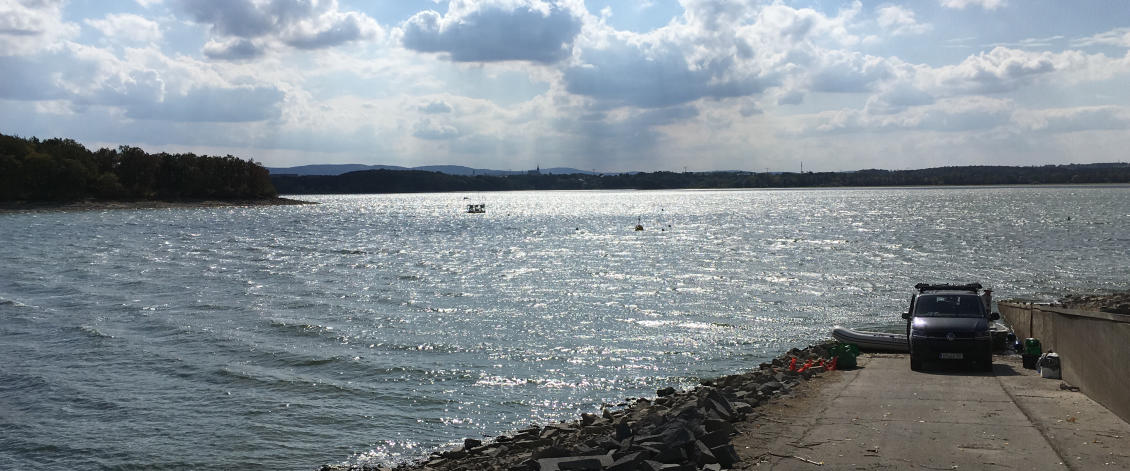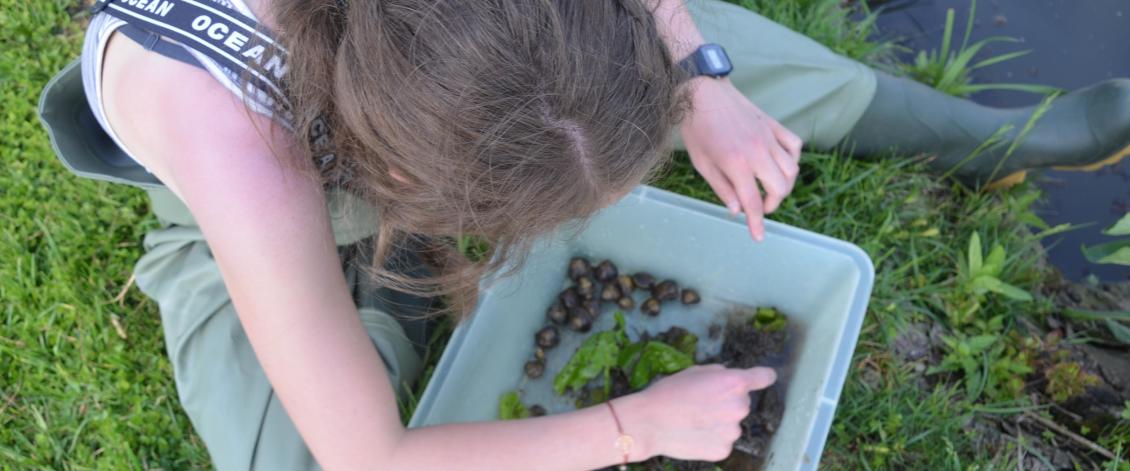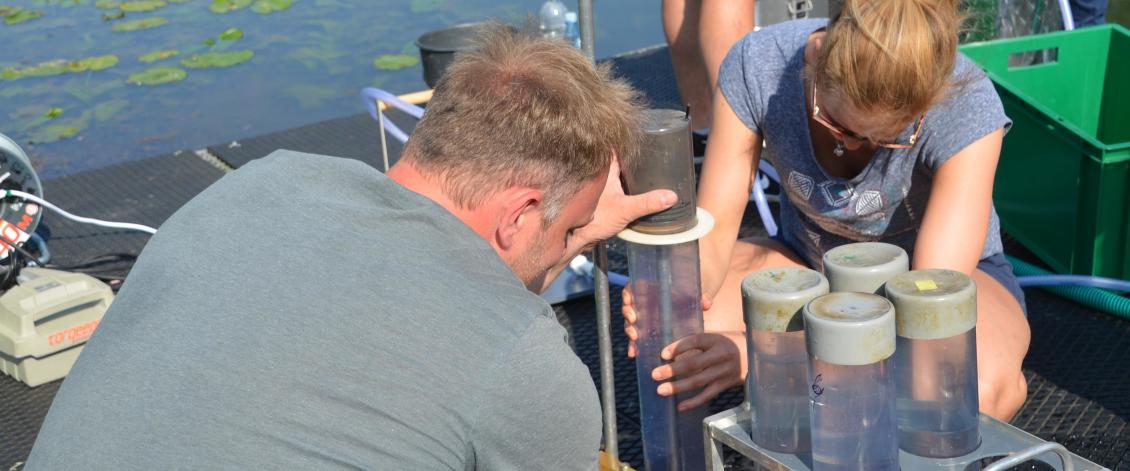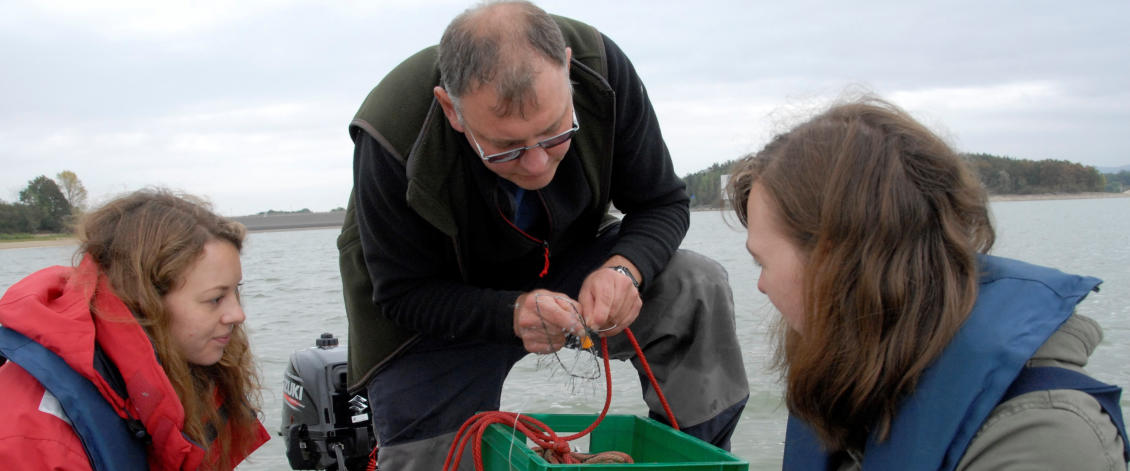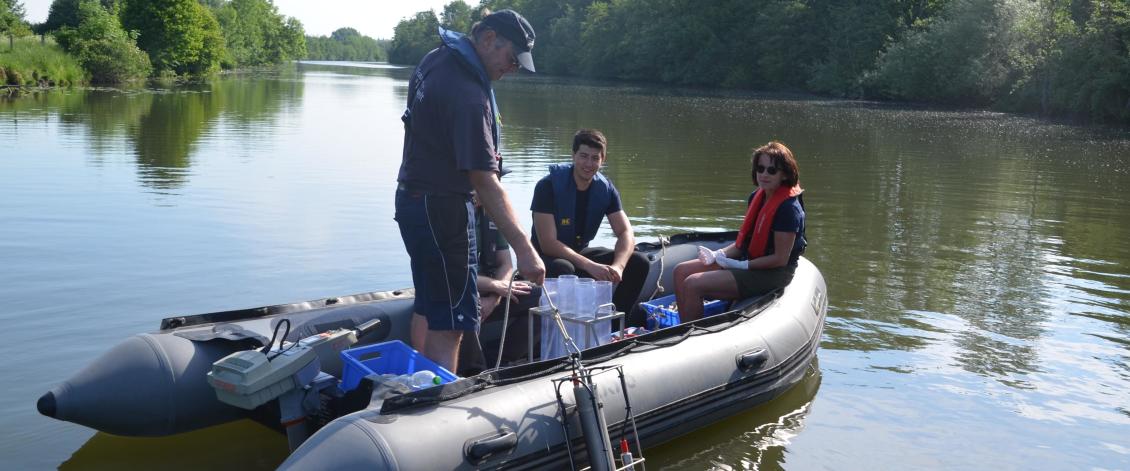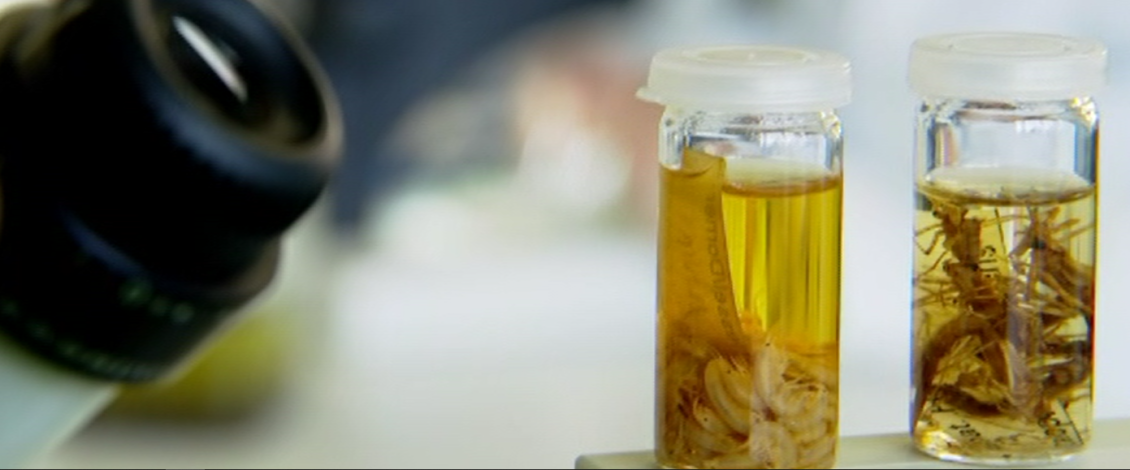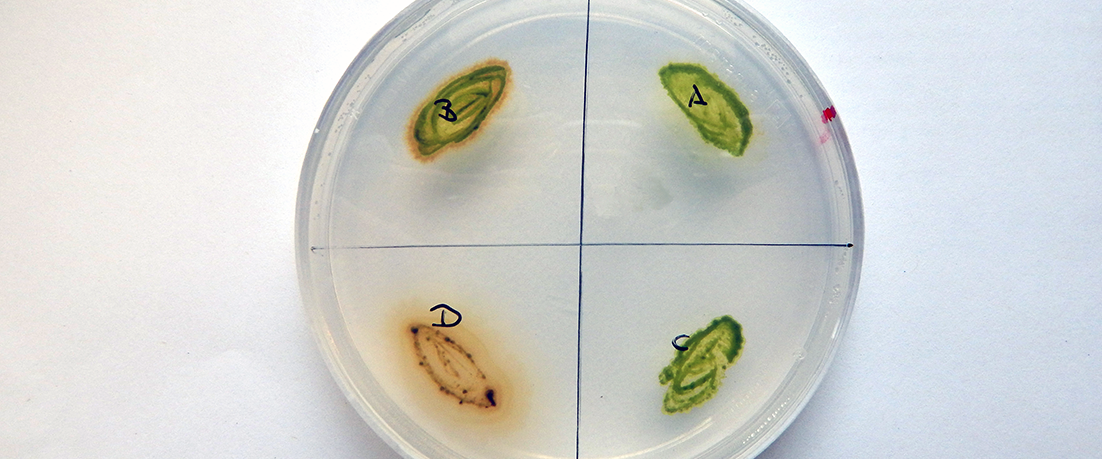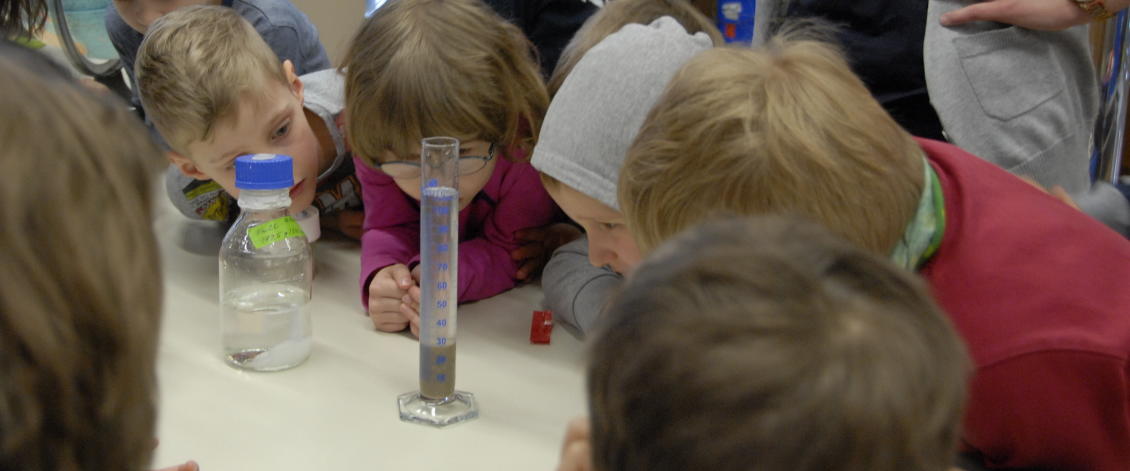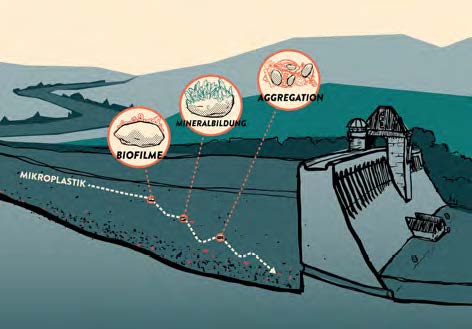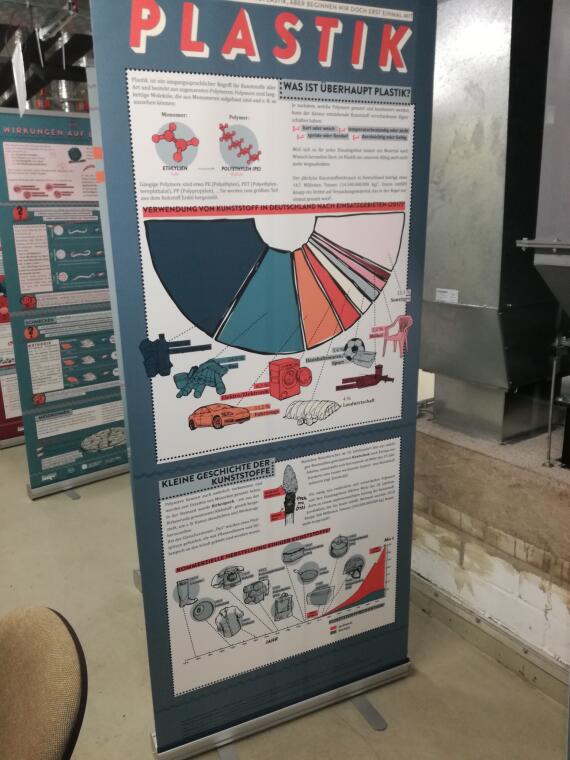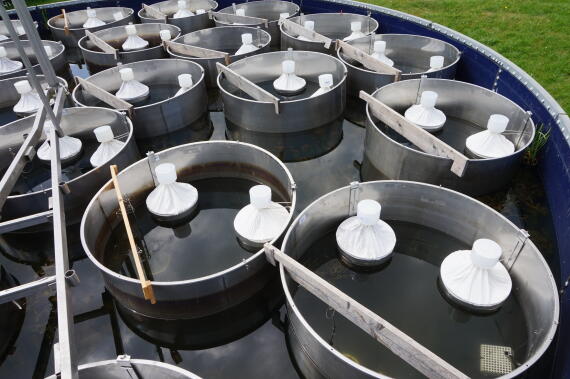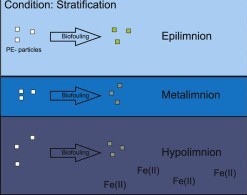MikroPlaTaS - Microplastics in Dams and Reservoirs: Sedimentation, Spread, Effects
The spread of microplastics (i.e. plastic particles under 5 mm in size) is not only observed in the oceans, but also in freshwater ecosystems. Dams and reservoirs have so far largely been overlooked, although they might play an important role as sinks for microplastic.
The project MikroPlaTaS analyses the occurence of microplastic in dams and reservoirs, with a special focus on biofilm growth on plastic particles and the influence of biofouling on their sedimentation. Further, the researchers test the effects of micropastic exposure on different aquatic invertebrates.
Based on our results we can evaluate the risks of plastic pollution for the aquatic environment and support future measures.
Learn more about the project.

